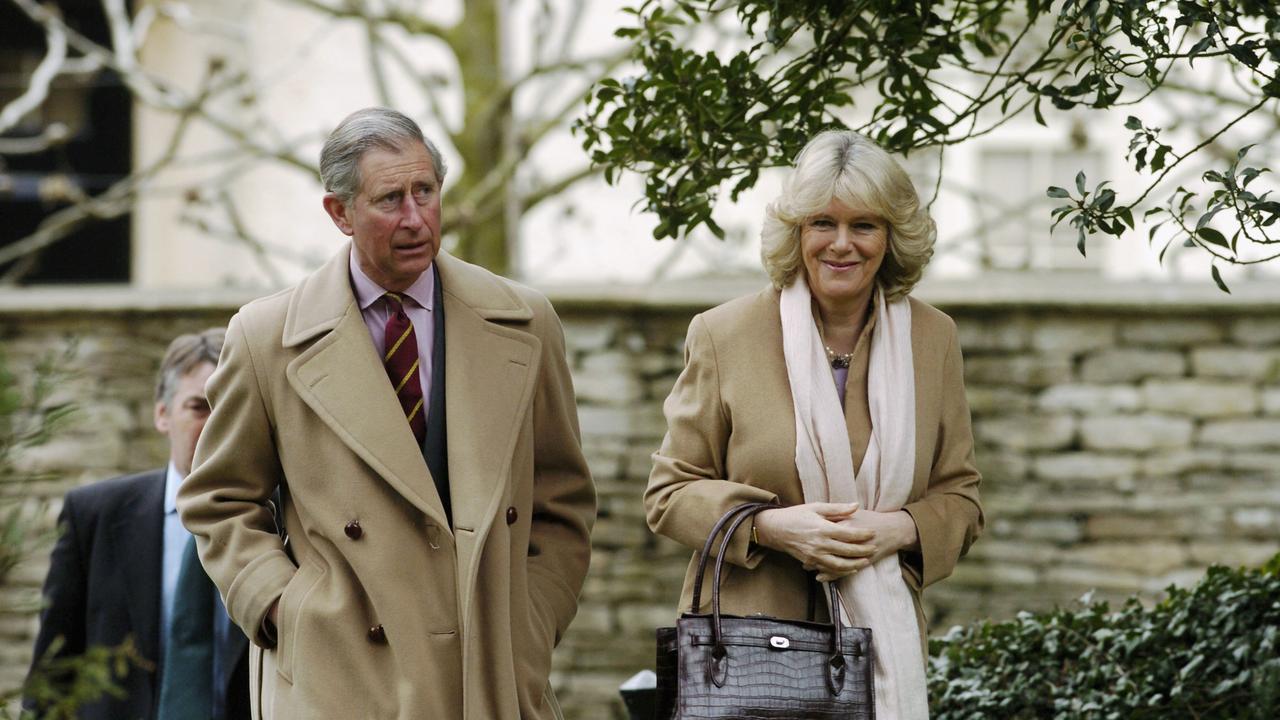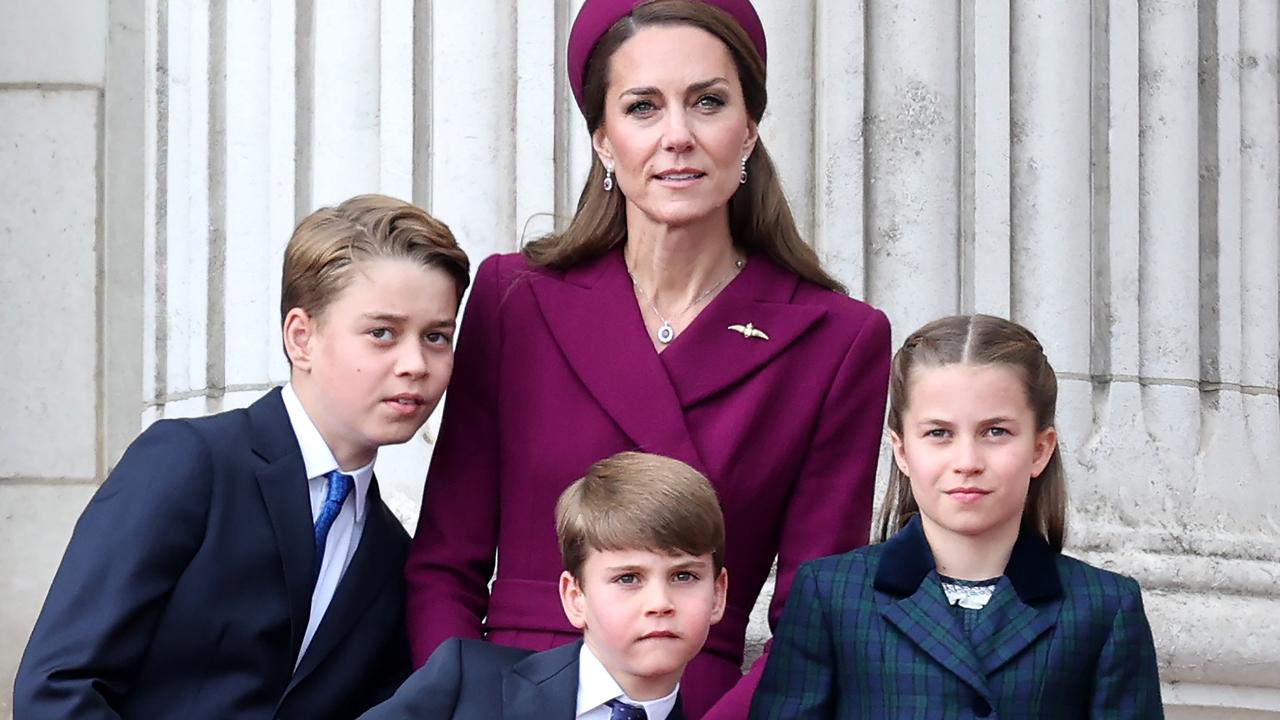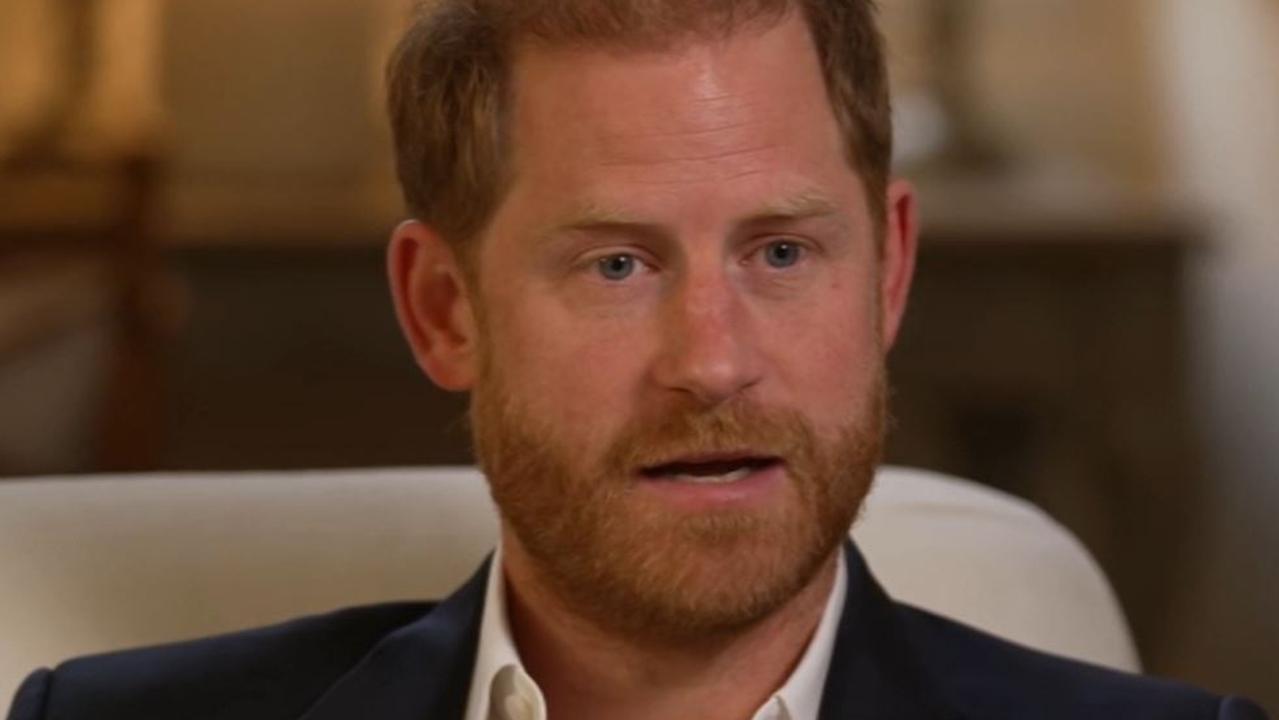How King Charles helped Camilla Parker Bowles escape Princess Diana’s shadow
King Charles has turned Camilla Parker Bowles from public enemy number one to a Queen consort admired by millions.

It was an intervention by his mother that finally convinced Prince Charles it was time to take the biggest gamble of his life.
In January 2005, he and Camilla Parker Bowles were due at the funeral of Sir Angus Ogilvy, husband of Princess Alexandra of Kent, The Sun reports.
The Queen was concerned that pictures of her eldest son next to the woman Princess Diana called “The rottweiler” would be unacceptable to the public.
So instead of sitting together as they had planned, Charles and Camilla were told to attend the ceremony apart.
They dutifully obeyed but one courtier said the Prince of Wales was “incandescent with rage”.
And it prompted a man often unfairly seen as weak compared with his overbearing father to stand up to his parents.
He was furious that the woman he had loved since 1970, who had been openly with him for years, was still out in the cold.
Less than four months later, Charles and Camilla stepped out of Windsor Guildhall as husband and wife.

The register office ceremony was low key, and the Queen declined to attend.
But Charles had got his way and, to the Queen’s great relief, the public loved it.
In the nervous months that followed, it looked as though the impossible had happened. The Duchess of Cornwall was accepted as the family’s newest recruit.
On the day of the wedding the couple emerged into Windsor High Street. From the balcony of the Castle Hotel, you could feel the mood of thousands crammed on to the pavements below.
There were no boos or shouts from the Diana faithful. There was excitement. People cheered and waved flags.
The newlyweds beamed as they headed off to start the life they had dreamt of for years — and it was striking how different it could all have been.
If Charles had misread the mood, if his gamble had not paid off, his chances of being King could have vanished live on TV.

So how did he turn the woman he now has at his side from Public Enemy No 1 into a consort admired by millions?
It was not an accident. The Windsor wedding was the culmination of one of the most successful PR campaigns of Elizabeth II’s long reign.
It had begun in earnest seven years earlier, in the dark days and weeks after Princess Diana’s death.
The backlash against Camilla was devastating. Life as a royal had been unbearable for Diana. Charles was the uncaring husband, Camilla the calculating mistress.
There was a sense that their enduring extramarital relationship was in some way to blame for the tragedy.
Charles did not appear in public for two weeks after Diana’s funeral.
He looked nervous on his first official engagement, to Manchester, but the large crowds held no blame for him or Camilla. One woman took his hand and told him: “Keep your chin up.”
Charles replied: “That’s very kind of you but I feel like crying.”
At the time, Charles and Camilla’s relationship was stronger than ever. Yet now marriage was unthinkable, let alone the prospect that Camilla Parker Bowles could one day be Queen.
Divorce, then death, had stolen that prize from Diana.
If there was to be any chance of future happiness, Charles knew something had to be done.

Exactly a year before Diana’s death, Charles and Camilla had launched what would become known in Palace circles as “Operation PB”.
At the time Camilla was being demonised by the public and press, and the royals were urging Charles to “cut her loose”.
In August 1996 Camilla met Mark Bolland, the well-connected director of the Press Complaints Commission, who recalled: “She was, frankly, a wreck and under immense strain.”
Within weeks, Bolland was working for Charles as his assistant private secretary.
Part of the job was to mastermind a campaign to improve Camilla’s image, and Charles regarded his dealings with the Press as a “necessary evil”.
There was much work to do. In a poll of 2.6 million viewers during a live debate, a third voted for an end to the monarchy.
Many in the audience booed at any mention of Camilla’s name.
Around her 50th birthday in July 1997, Bolland planned a publicity rollout including a party at the Prince’s Highgrove home, where he and Camilla were “openly intimate”.
A fortnight later the couple met then-PM Tony Blair’s closest ally Peter Mandelson, where Charles revealed how they “wanted a more normal life”.
Spin king Mandelson did not hold back and told the Prince how the public “had the impression that you feel sorry for yourself and you’re glum”.
Bolland later wrote that Mandelson’s guidance on how to win back the British people had “helped him form a plan” that would eventually lead to the couple’s wedding day.
But Diana’s death in September, 1997, almost derailed those plans.

Charles’s priority was to protect Camilla. As a non-royal she was not entitled to her own taxpayer-funded security detail, despite the fact her association with the family put her at great personal risk.
Prince Charles secretly paid for his lover to have her own bodyguard.
Next, staff at Clarence House had to buy the couple time. It was agreed that the publication of pictures of them together would be out of the question while the backlash continued.
Stories spread about how Camilla was smuggled into the Prince of Wales’s Highgrove estate hidden under a blanket on the back seat of a car, such were the lengths they went to in order to avoid stoking the public’s anger.
It would be nine months after Diana’s death before Camilla was introduced to Prince William, just days before his 16th birthday.
Before Diana’s death, it had been obvious that Diana’s children had no interest in meeting their father’s lover.
But in June 1998, William was finally ready to meet Camilla, who was so anxious to make a good impression that she “trembled like a leaf”.
The 30-minute meeting at York House went well but moments after leaving the room Camilla gasped: “I really need a gin and tonic!”
They met twice more before Harry joined their get-togethers.

Privately, Charles was growing increasingly impatient to move ahead with Operation PB. It was not long before a plan was being put in place to finally let the worst-kept royal secret out of the bag.
Just before midnight on January 28, 1999, the Prince of Wales and his long-term love stepped out in public for the first time as a couple.
They were photographed outside London’s Ritz Hotel as they left a 50th birthday party for Camilla’s sister, Annabel Elliot.
A wall of press and magazine photographers waited outside in what has now become one of the most memorable photocalls in modern royal history.
The coverage sparked criticism from the Diana faithful, with some commentators describing it as an insult to the late Princess.
But by the time Charles brought in Manchester United’s former head of communications, Paddy Harverson, in 2003, a new confidence had grown at Clarence House.
It seemed icy feelings towards Camilla had started to thaw. The most important plank of Project PB rested on Prince William and Harry.
If the boys would accept Camilla, despite everything that had happened, the public would surely follow suit.
A relationship that had lasted on and off for more than 35 years was made official by their marriage in April 2005.
The images of William and Harry beaming with delight as they followed the happy couple out of the Guildhall sent a signal to the Diana obsessives. And since then, Camilla has become an experienced senior member of The Firm.
Their enduring marriage is proof the public’s opinions of people can change. Few would argue that Charles will now be a greater king for having Camilla at his side.
Indeed he mentioned her before either of his son’s in his first speech as king.
“This is also a time of change for my family. I count on the loving help of my darling wife, Camilla,” Charles said.
“In recognition of her own loyal public service since our marriage 17 years ago, she becomes my Queen Consort.
“I know she will bring to the demands of her new role the steadfast devotion to duty on which I have come to rely so much.”
This article was originally published by The Sun and reproduced with permission



